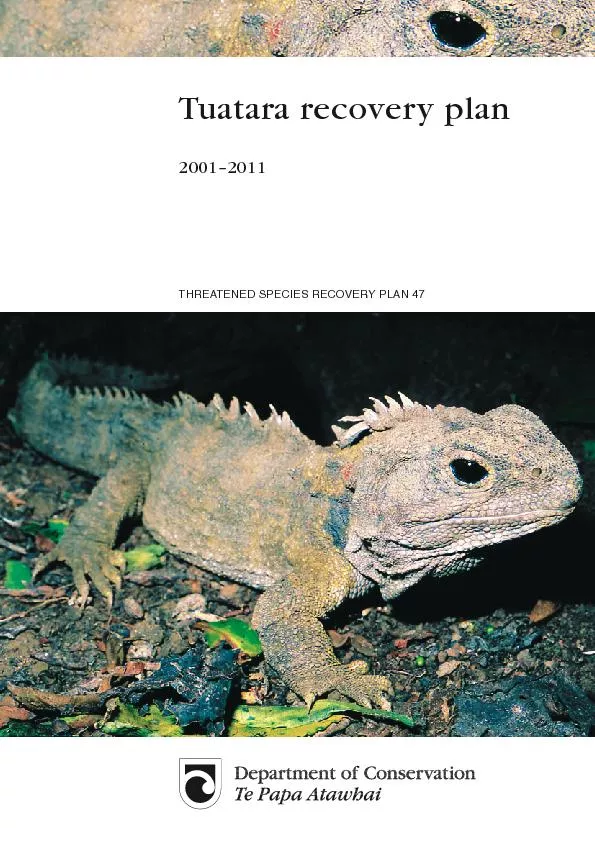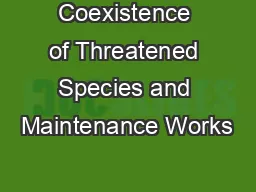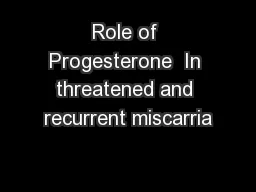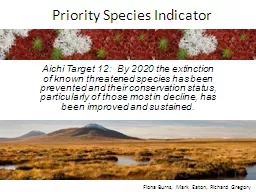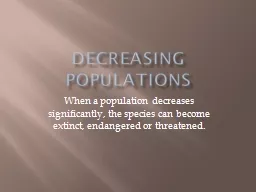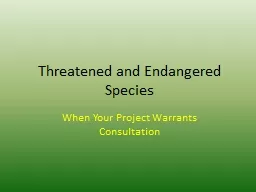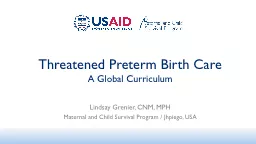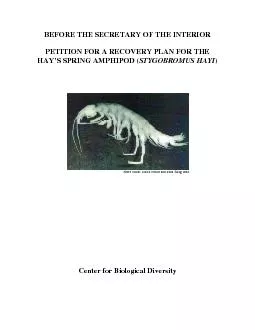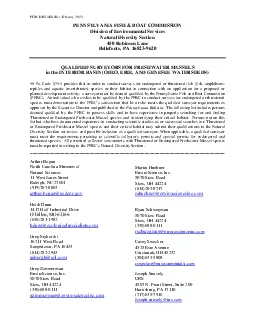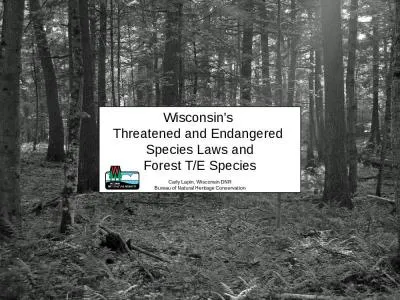PDF-THREATENED SPECIES RECOVERY PLAN 47uatara recovery plan
Author : debby-jeon | Published Date : 2016-08-16
Recovery plansThis is one of a series of recovery plans published by the Department ofConservation Recovery plans are statements of the Department
Presentation Embed Code
Download Presentation
Download Presentation The PPT/PDF document "THREATENED SPECIES RECOVERY PLAN 47uatar..." is the property of its rightful owner. Permission is granted to download and print the materials on this website for personal, non-commercial use only, and to display it on your personal computer provided you do not modify the materials and that you retain all copyright notices contained in the materials. By downloading content from our website, you accept the terms of this agreement.
THREATENED SPECIES RECOVERY PLAN 47uatara recovery plan: Transcript
Download Rules Of Document
"THREATENED SPECIES RECOVERY PLAN 47uatara recovery plan"The content belongs to its owner. You may download and print it for personal use, without modification, and keep all copyright notices. By downloading, you agree to these terms.
Related Documents

